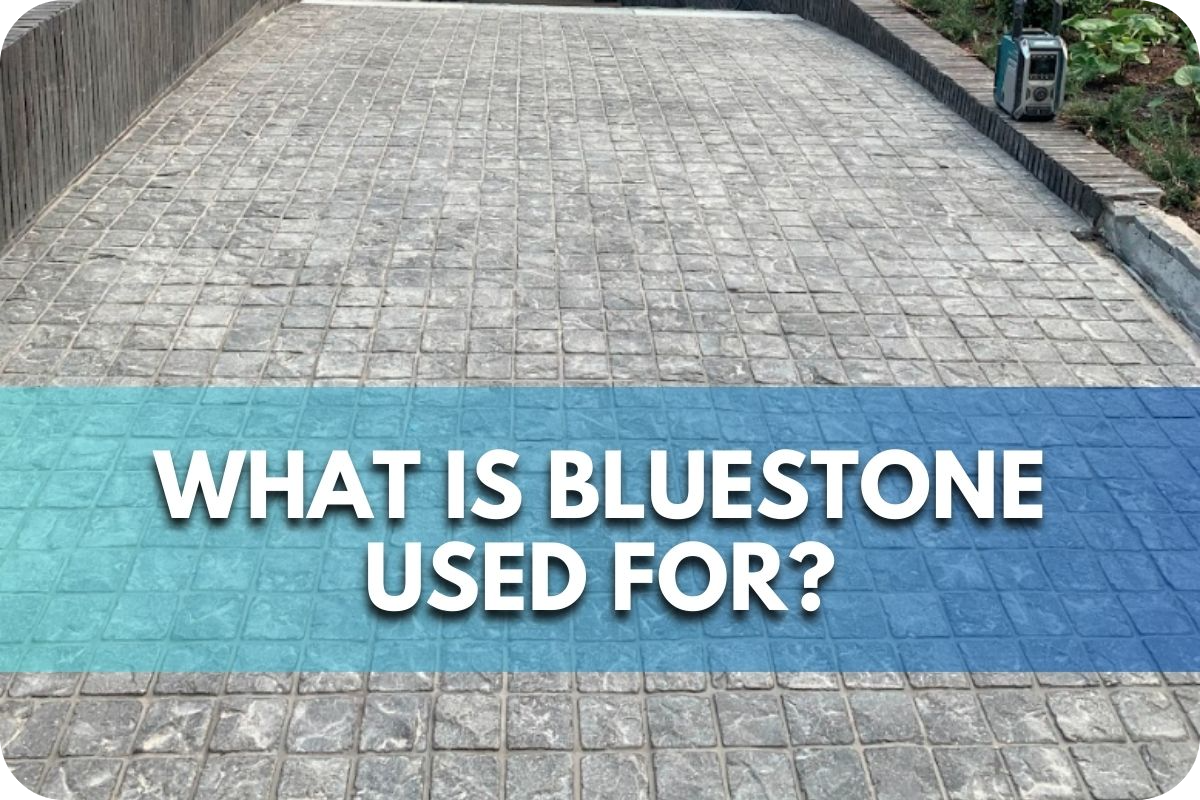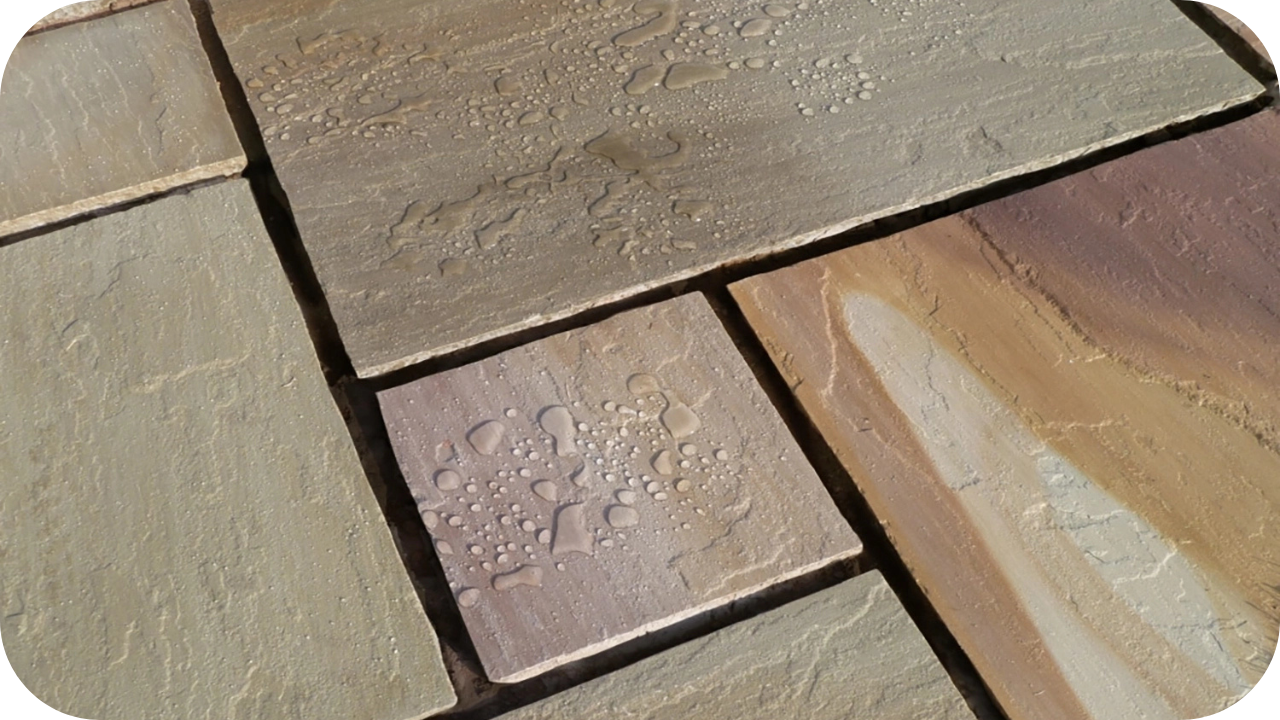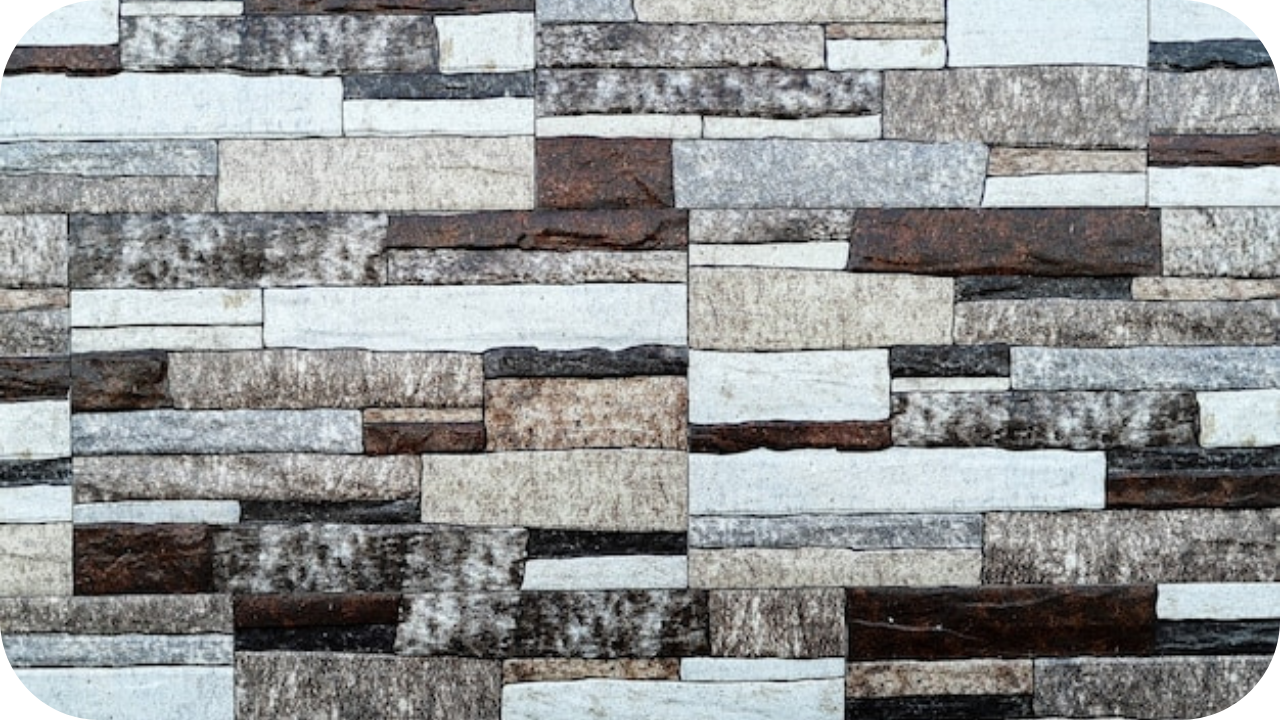
Are you unfamiliar with the diverse applications of bluestone, a remarkable natural stone?
Many overlook this versatile material, missing out on its durability, beauty, and potential for enhancing various projects.
In this article, we’ll explore the numerous uses of bluestone, shedding light on how it can transform landscapes, construction projects, and more, helping you unlock its full potential.
What Is Bluestone Used For?
Bluestone is a dense, durable natural stone widely used for paving and construction projects. Common applications include bluestone patios, walkways, steps, and flooring. Its slip-resistant surface and attractive blue-grey colour make it a popular choice for residential and commercial settings.
Historical Significance of Bluestone
For centuries, Bluestone’s durability, aesthetic appeal, and availability have made it a popular building material. Here’s a deeper look:
Historical Uses in Architecture and Infrastructure
- Ancient Structures: Bluestone was used in prehistoric megaliths like Stonehenge. The Romans also incorporated it into roads and buildings.
- Medieval Europe: Bluestone was used to build many castles, churches, and town squares, showcasing its strength and beauty.
- Industrial Era: Bluestone was used as curbstones, paving stones, and building materials in factories and homes.
Notable Buildings and Landmarks
- Melbourne, Australia: Rich in bluestone buildings from the 19th century, including the Old Melbourne Gaol and Flinders Street Station.
- New York City, USA: Bluestone was widely used for sidewalks and building facades in historic districts like Brooklyn Heights.
- Belgium: The historic Grand Place in Brussels features cobblestone streets and buildings adorned with bluestone.
Contemporary Applications of Bluestone
Bluestone continues to be a sought-after material in modern design, finding versatile uses in both residential and commercial settings.
1. Residential Uses
- Driveways: Bluestone pavers create elegant and durable driveways.
- Pool Surrounds: Its non-slip surface and cool tones make it a perfect choice for pool areas.
- Retaining Walls: Bluestone’s strength makes it ideal for landscaping and creating beautiful retaining walls.
- Flooring: Large-format honed bluestone tiles offer a sleek, minimalist look for open-plan living areas or contemporary kitchens
- Fireplace Surrounds: Flamed or honed bluestone surrounds lend a touch of warmth and sophistication to modern fireplaces.
- Pool Decks and Surrounds: Thermal bluestone’s non-slip surface and heat resistance make it ideal for modern pool areas.
- Patios and Courtyards: Bluestone pavers can create inviting outdoor living spaces with geometric patterns, mixed sizes, or unique layouts.
2. Commercial and Public Spaces
- Urban Paving: Bluestone’s durability and aesthetic appeal make it popular for sidewalks, plazas, and pedestrian areas.
- Public Parks: Bluestone creates benches, pathways, and decorative water features in parks and gardens.
- Corporate Buildings: Bluestone brings a sense of prestige and permanence to lobbies and reception areas.
- Exterior Facades: Bluestone cladding offers a striking, modern look for building exteriors.
Innovative Design Ideas:
- Mixed Finishes: Combine different bluestone finishes, such as honed and flamed, for a textured, multi-dimensional look.
- Contrasting Colors: Pair bluestone with light-coloured materials like white render or pale timber for a striking contrast.
- Geometric Patterns: Use square or rectangular bluestone pavers to create geometric patterns for a clean, contemporary aesthetic.
- Lighting: Illuminate bluestone features with strategically placed lighting to enhance their beauty and create a dramatic nighttime atmosphere.
Aesthetic Appeal
Bluestone’s natural beauty is a significant factor in its widespread popularity. Here’s why it’s visually appealing:
- Earthy Colour Palette: Bluestone’s primary shades of blue-grey offer a cool, calming effect. However, warmer hues like browns, greens, and even hints of purple add depth and complexity to its appearance.
- Textural Variety: From smooth honed surfaces to rougher natural cleft finishes, bluestone offers a range of textures that create visual interest and suit different design styles.
- Natural Variation: Each bluestone piece is unique, with subtle veining and colour variations that add character and warmth to a space.
- Timeless Elegance: Bluestone weathers gracefully, developing a patina over time that enhances its beauty and blends seamlessly with both traditional and contemporary architecture.
Durability and Maintenance
Bluestone is renowned for its resilience, making it an intelligent investment for long-lasting projects.
Durability
- Weather Resistant: Bluestone withstands harsh elements like rain, snow, and freeze-thaw cycles, making it ideal for outdoor applications.
- Scratch and Stain Resistant: Its dense composition makes it less prone to scratches and resists most stains, especially when sealed.
- Long Lifespan: With proper care, bluestone installations can last for decades.
Maintenance
- Regular Cleaning: Sweep away debris and periodically wash with mild soap and water to maintain its appearance.
- Sealing: Applying a suitable sealer helps protect against stains and water penetration, especially in high-traffic areas.
- Stain Removal: Address spills and stains promptly to prevent them from setting.
- Pressure Washing: Occasional pressure washing (with caution and low pressure) can remove stubborn grime and restore the lustre of bluestone.
Environmental Impact
Bluestone aligns well with sustainable building practices due to several key factors:
- Natural and Abundant: Bluestone is a naturally occurring resource, reducing the need for manufactured materials with higher environmental footprints.
- Longevity: Its exceptional durability means bluestone installations last for generations, minimising the need for frequent replacements and reducing waste.
- Low Embodied Energy: Bluestone extraction and processing generally have lower embodied energy (used throughout its lifecycle) than many synthetic materials.
- Local Sourcing: Bluestone quarries in many regions mean it can be sourced locally, reducing transportation emissions.
- Minimal Chemical Treatments: Unlike some building materials, bluestone typically doesn’t require harsh chemical treatments during its lifespan.
Choosing the Right Bluestone for Your Project
Selecting the ideal bluestone for your project involves considering several factors:
- Type and Finish: Choose between thermal bluestone (smooth, consistent), natural cleft (textured, irregular), or irregular flagstone (varied shapes and sizes). Each offers distinct looks and feels.
- Colour: Bluestone comes in shades of blue-grey, sometimes with hints of brown and rust. Select a colour that complements your existing design elements.
- Climate: In areas with harsh winters, opt for bluestone that is proven resistant to freeze-thaw cycles to prevent cracking.
- Usage: For high-traffic areas, like pool surrounds, consider denser bluestone or a non-slip finish for added safety.
- Aesthetic Preferences: Do you prefer a uniform look or the natural variations of irregular pieces? Choose the bluestone that best aligns with your design vision.
- Budget: Bluestone prices vary based on type, finish, and thickness. When making your selection, factor in your budget.
Conclusion
Bluestone’s timeless beauty, enduring strength, and incredible versatility make it a natural choice for projects large and small. Whether you’re seeking to enhance your home’s curb appeal or create a stunning public space, explore the possibilities of bluestone and transform your vision into reality.
More To Explore

How to Tell If Stone Is Porous or Not
When selecting stone for your home or project, knowing whether it’s porous can make a huge difference. Porosity affects how your stone absorbs water, stains,

Split Face Stone: What It Is and When to Use It
Looking for a unique, durable material to elevate your next project? Split face stone might be the perfect choice. Known for its textured finish and


